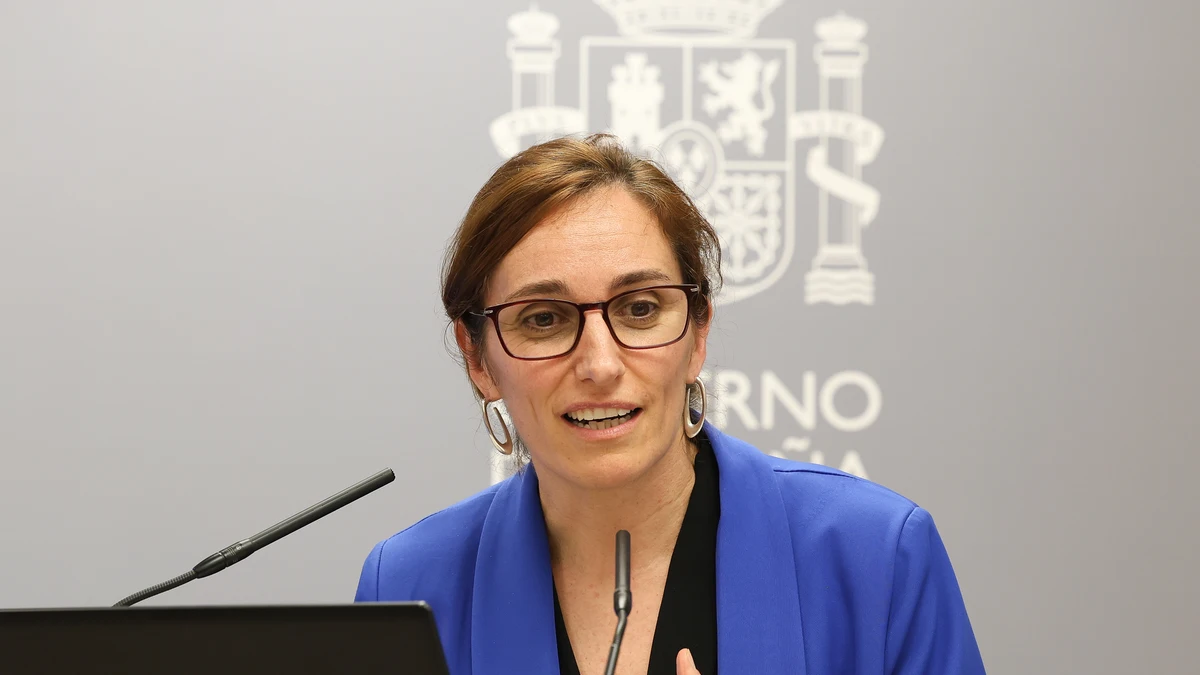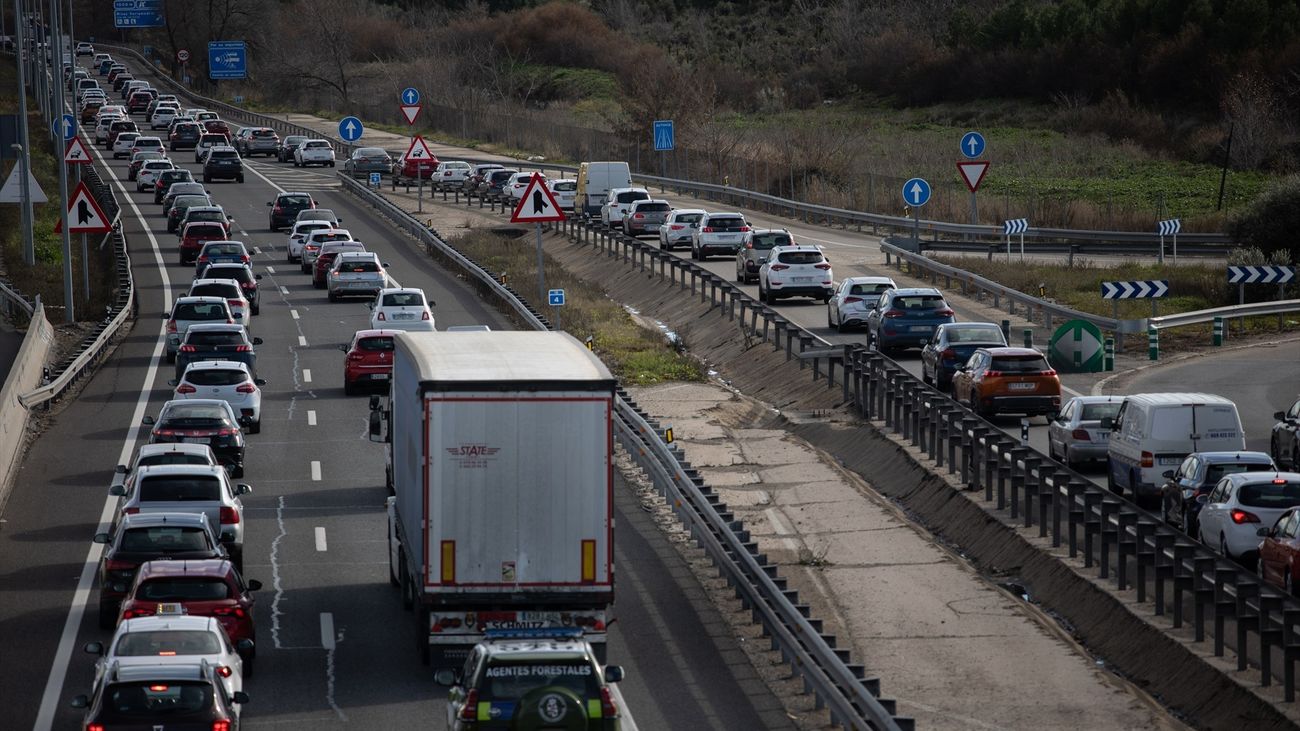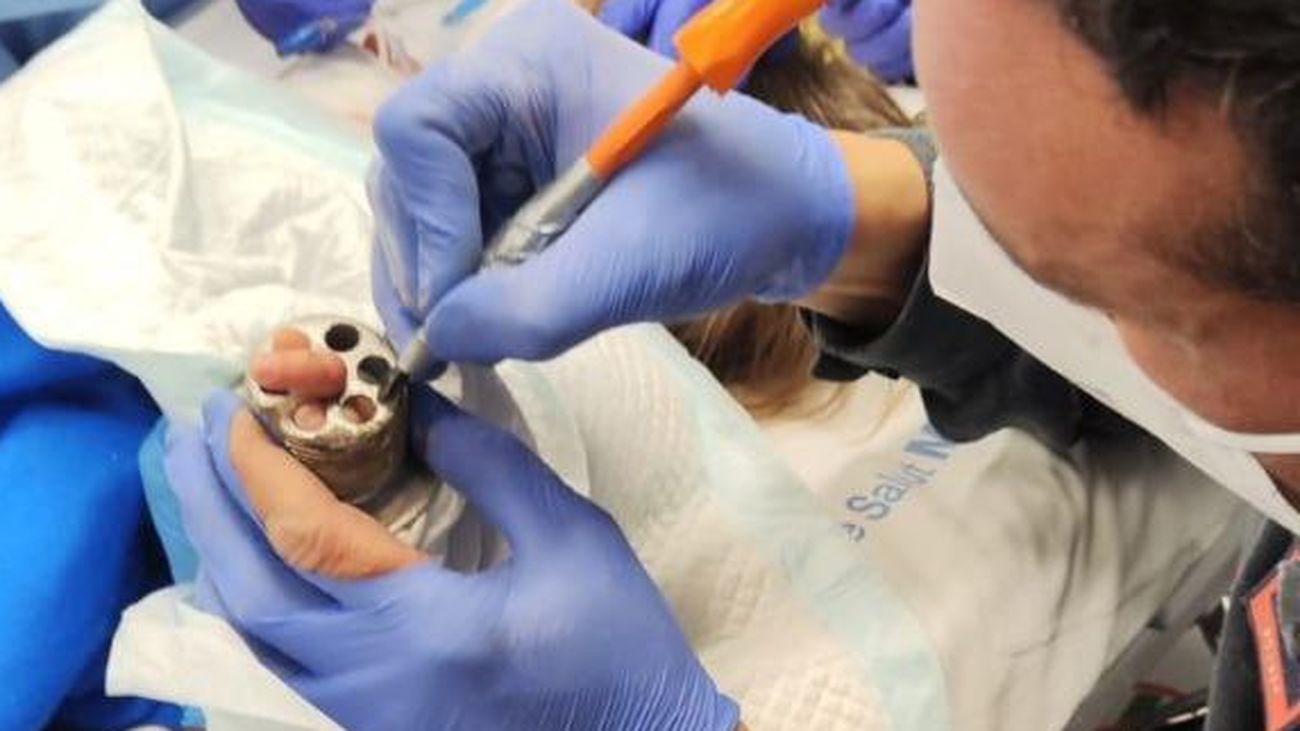The coronavirus in Spain: maps and latest data on outbreaks and their evolution


Data from the Ministry of Health updated on August 18, 2020.
The new notification system published by the Ministry of Health since May 25 invalidates the previous data series. Check here for more information.
1) Deaths and cases by communities
What are the autonomous communities in which a greater number of cases have been detected? The Community of Madrid, Catalonia, Castilla-La Mancha and Castilla y León are the autonomous regions with the highest number of infected people confirmed through a PCR test (or by antibodies since May 11).
2) How many cases have been confirmed in 7 days?
The following table shows the total number of confirmed cases, the new cases compared to the previous day and the cases diagnosed in the last week. We have calculated the number of cases per 100,000 inhabitants in relation to the cases diagnosed in the last 7 days.
* Some communities, such as Madrid, report their daily cases late
3) The weekly evolution of the epidemic
To show how the epidemic is currently progressing, we show the evolution of weekly cases as well as deaths, hospitalizations and ICU admissions during the last 7 days for the entire country.
How is the epidemic evolving now?
Evolution of cases, deaths, hospitalized and those admitted to the ICU accumulated during the last week
Source: Ministry of Health
4) Evolution of new daily cases
How many cases are we detecting now and how many do we detect at the beginning of the epidemic? The following graph compares the number of new daily cases by symptom onset date since February 1. To avoid detection peaks on a specific day, the average of both figures including the last 7 days has also been calculated.
The figures for the last week may be underestimated since many cases that started symptoms in that period may not have been detected by the health authorities.
Evolution of new daily cases by date of onset of symptoms
Rhythm of daily new cases by symptom onset date. The blue line shows the weekly average of new daily cases
Source: Ministry of Health
5) Cumulative incidence, by province
To see how controlled the pandemic is and to identify possible outbreaks, the following map shows the main variables to see the situation of the epidemic in each province: if the cases are going up or down, the incidence of cases per inhabitant in the last two weeks, the total number of cases and the incidence of the virus compared to its population.
These data are published by the Carlos III Health Institute (ISCIII) through the National Epidemiological Surveillance Network (RENAVE) and it does so for date of onset of symptoms or the date of diagnosis for asymptomatic cases. As in the previous graph, the data from the last week may be underestimated since the date of onset of the symptoms is taken into account and they take a few days to be diagnosed from the contagion.
Source: Instituto Carlos III
6) Confirmed deaths in the last week
The following table shows the total number of people who died with COVID-19 and the deaths reported in the last week. We have calculated the number of deaths per 100,000 inhabitants in the last 7 days. The death figures only include the deceased with a positive in an analytical test.
* Health warns that the change in the notification system applied on May 25 may give rise to discrepancies in the figures that will be eliminated as the new series is consolidated.
7) The incidence of the virus in each community
To find out the degree of penetration of the virus compared to the number of inhabitants, we have calculated the rate of confirmed cases and the number of deaths in each autonomous region per 100,000 inhabitants. Confirmed cases refer to those identified by PCR or antibody tests — in the latter case, only those carried out after May 11 with compatible symptoms are counted.
8) The curve of cases and deaths in each community
The data from the ISCIII collect the number of people who began to suffer symptoms of the disease each day. In this way we can know what has been the evolution of the curve of cases detected in each community. Records indicate that the week of March 14 was key throughout the country. It also shows us in which communities there are outbreaks, albeit with a delay. On the other hand, the series of deaths of the Ministry of Health collects the number of people who died each day with coronavirus in each community.
In the graph below, you can explore the number of people who started COVID-19 symptoms each day in each autonomous community and the number of deaths affected by the virus. The data is shown with the daily average of the last week.
How has the curve of each autonomous community changed?
Evolution of
number of new cases and daily deaths in each autonomous community. The cases are shown by date of onset of symptoms or by date of notification and for the deceased by date of death. Click to see the detail
Source: Instituto Carlos III (ISCII)
9) Hospitalizations and ICU
The number of hospital beds and ICU places in the autonomous communities are two of the "quantitative criteria"that the Ministry of Health takes into account when assessing the phase change of the regions in the de-escalation process. The following table shows the total data and in the last seven days of people with COVID-19 who have required hospitalization or admission to the ICU.
10) Evolution of the cases compared to the PCR tests performed
Tracking the number of tests in comparison with the cases detected is an indicator of the diagnostic effort being made to detect new cases. When the number of tests is high and the number of cases detected is low, the risk of a significant number of infected people not detected by the health system remains low, and therefore the calculated incidence is reliable. On the other hand, if the number of tests is low and the number of cases is high, the incidence could be underestimated.
Cases diagnosed by PCR tests performed
Evolution of cases detected among the PCR tests performed in comparison with the diagnosed cases weekly
Source: Ministry of Health
11) Diagnostic tests performed
As of August 6, the autonomous communities had notified the Ministry of Health that more than 7.1 million diagnostic tests had been carried out. Of these, 4.9 were PCR tests (which measure the presence of the virus in the body) and 2, antibody tests, the so-called 'rapid tests'.
Some keys about the data
Due to the successive changes in the form of notification of the data in the reports of the Ministry of Health, some keys should be taken into account:
Since May 18, the Ministry of Health has not provided the number of people recovered.
Also from that day on, Health stopped including the number of cases detected by antibody tests in its reports. Thus, the total cases to the cases detected with PCR test.
On Monday, May 25, the daily updates of the Ministry of Health changed again. This change is due to the fact that on May 11 the new strategy for the diagnosis, surveillance and control of the pandemic came into force, by which the autonomous communities must notify the cases to the Ministry individually.
As a consequence of this modification, the report warns, they may appear "discrepancies with respect to the data of total cases previously reported". "This discrepancy could persist for up to several days."
At the moment, and until the Ministry of Health publishes the corrected and updated data series, it is not possible to see the daily evolution, raw, of the advance of the coronavirus in Spain (confirmed, deceased and recovered cases), since the series has been truncated. For this reason, we have removed some graphics that until now we included in this piece. As the CCAES corrects and updates the historical data, we will add new graphs and data analysis to our information.









